Astronomers at the Carnegie Institute of Science have recently discovered three new moons around the furthest away planets in our solar system: Uranus and Neptune. These moons weren’t discovered sooner because they are faint and small, making them almost impossible to spot in normal telescope photos.
Scott S. Sheppard, an astronomer from Carnegie Science, took the photos of the three new moons, and stated: “The three newly discovered moons are the faintest ever found around these two ice giant planets using ground-based telescopes . . . It took special image processing to reveal such faint objects.”
The new Uranian Moon was finally pictured in a grainy image, but even in the photo that was taken with special image processing, the faint moon was still very difficult to spot.
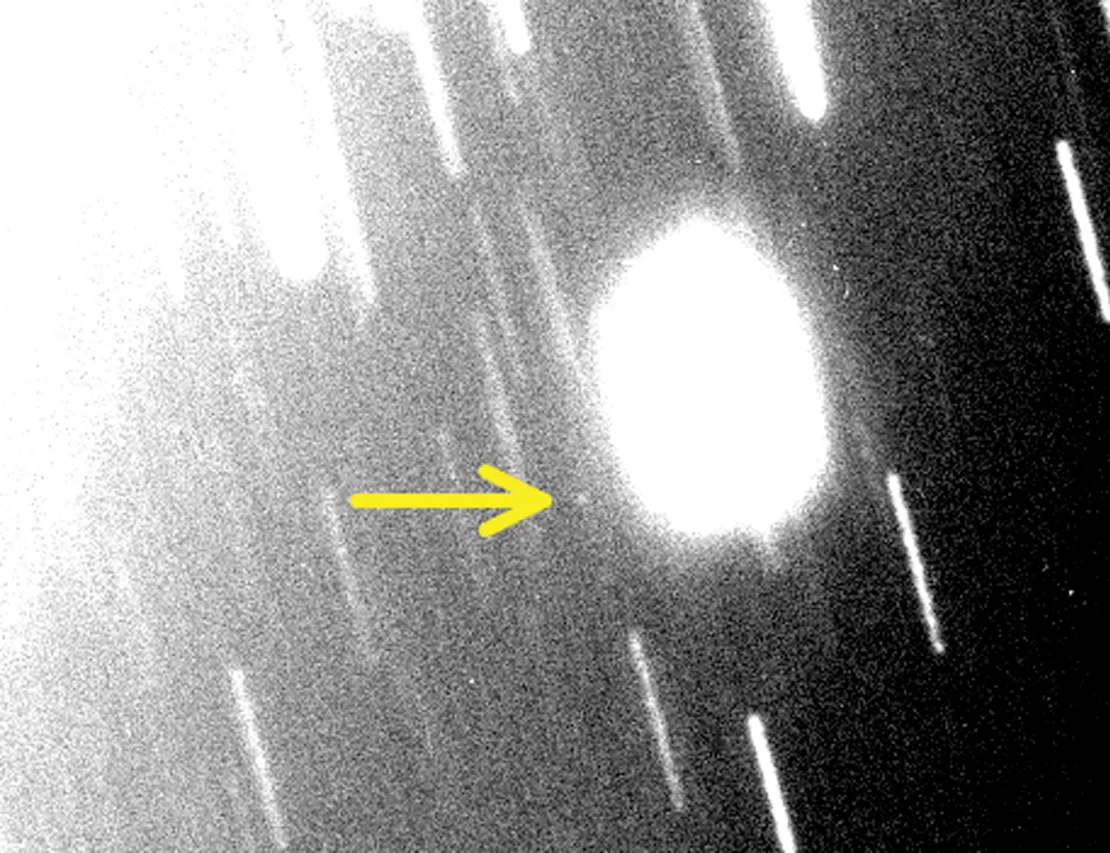
Scott S. Sheppard Carnegie Science
According to carnegiescience.edu, the new Uranian moon is being temporarily named, “S/2023 U1,” but it will eventually be named after a Shakespearean character. Uranus now has 28 moons and it is believed to be the smallest of the bunch at a length of 8 kilometers or roughly five miles.
Sheppard also uncovered two new moons orbiting around Neptune. But these moons were already discovered, just not fully analyzed to confirm what they were orbiting, so Sheppard worked with various other scientists from other institutions to picture the two new moons around Neptune.
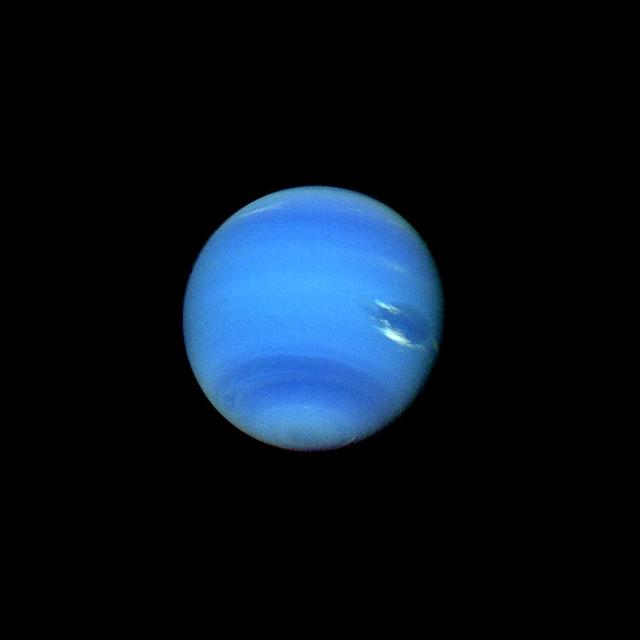
NASA/JPL Voyager 2
“Once S/2002 N5’s orbit around Neptune was determined using the 2021, 2022, and 2023 observations, it was traced back to an object that was spotted near Neptune in 2003 but lost before it could be confirmed as orbiting the planet,” said Sheppard.
These moons are also very minuscule compared to other objects in our solar system, but these moons, including the one discovered around Uranus, are said to take years to complete one orbit. S/2023 U1, takes 680 days to complete one revolution. S/2002 N5 takes nine years to complete an orbit, and S/2021 N1 takes about 27 years to complete an orbit.









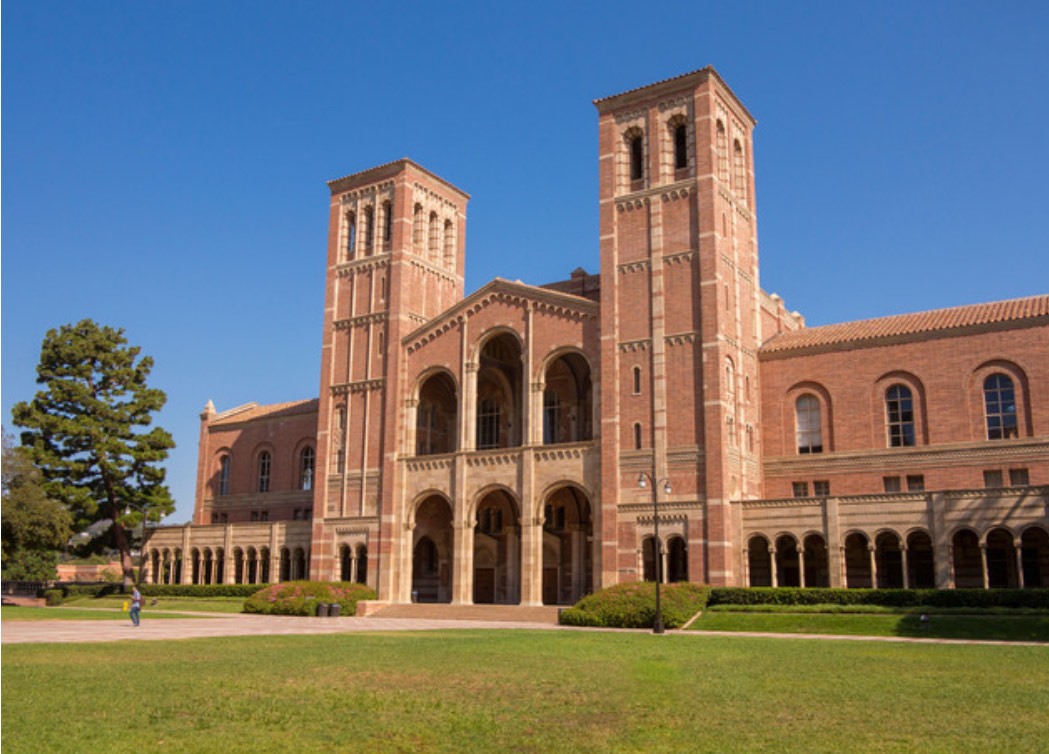

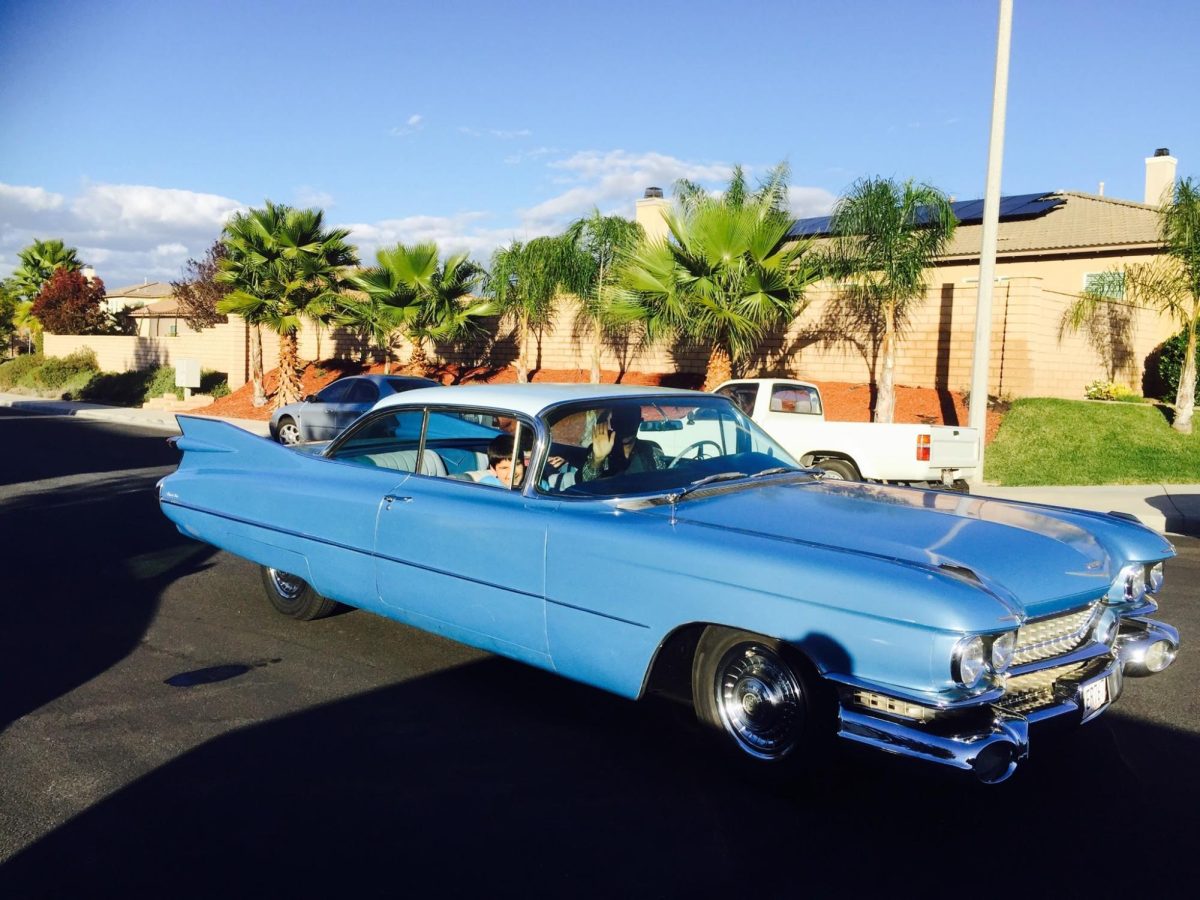






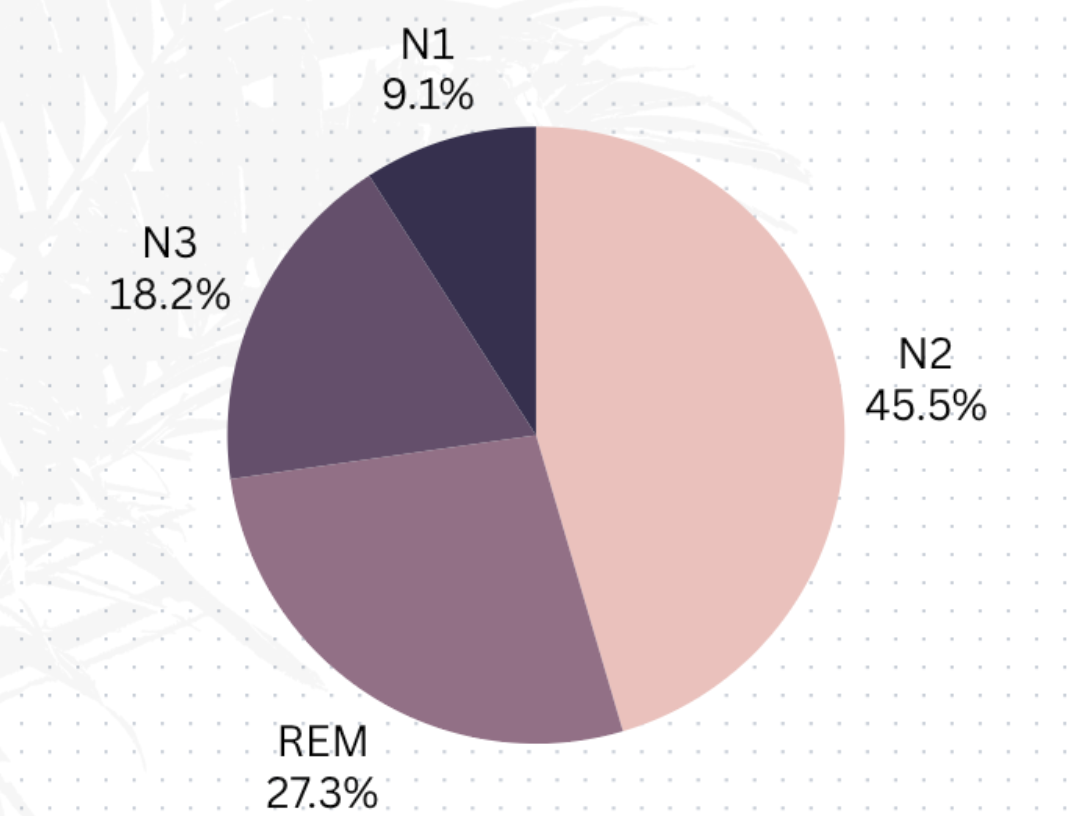
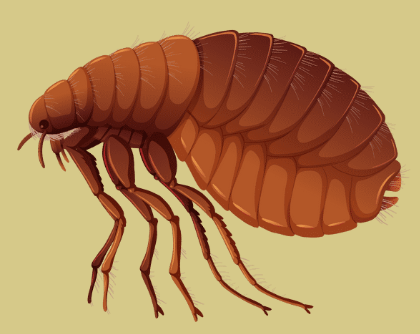



















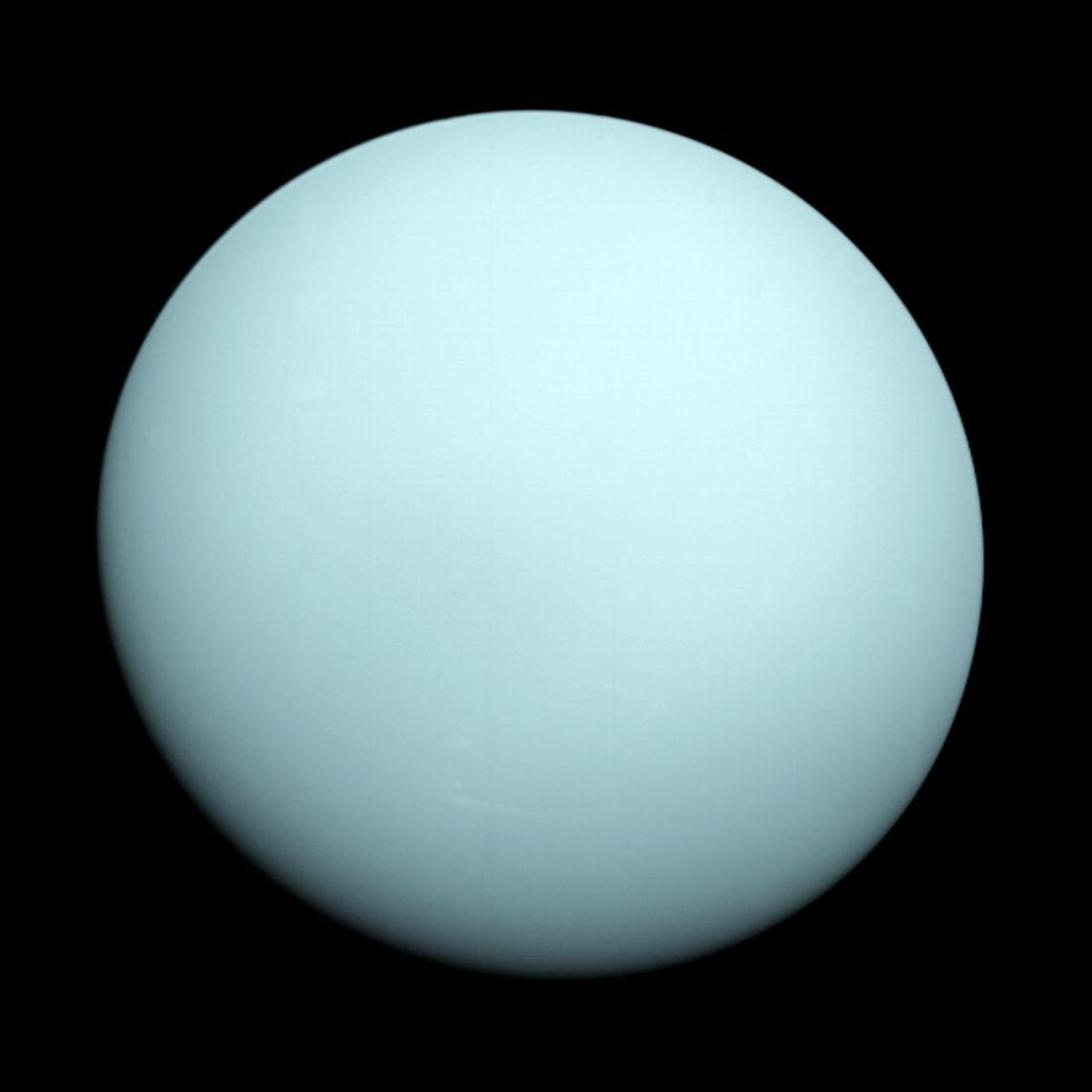



Diaper Boy • Mar 17, 2024 at 5:36 pm
Great article! 😀